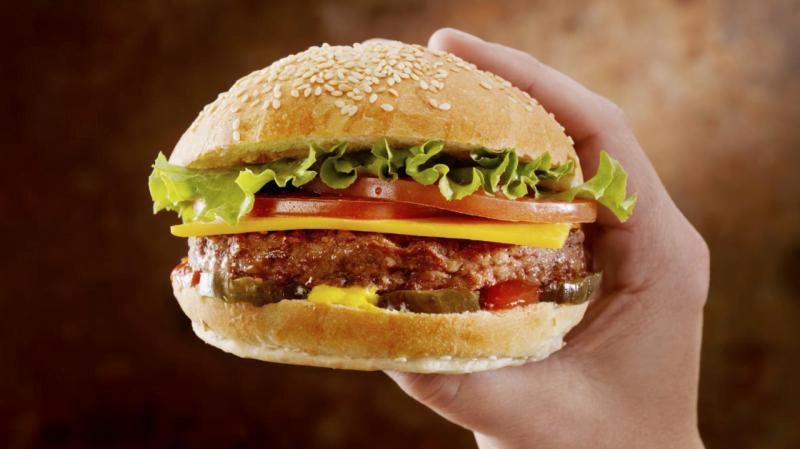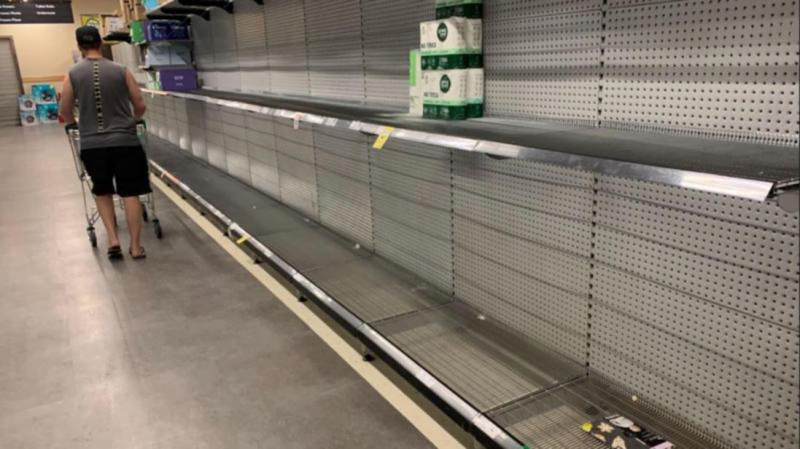In February, the average prices of food items at Coles and Woolworths supermarkets in Australia saw a slight decrease, with the prices of fresh produce dropping faster than packaged goods, according to the latest UBS grocery price tracker. The research tracks over 60,000 prices across both grocery chains monthly, and it found that average food prices increased by 8.8% in February, lower than January’s 9%.
While food inflation is believed to have peaked at 9.4% in December, shoppers are still feeling the pinch and opting for less expensive brands for staple items and cooking at home more often. Coles’ food price inflation declined from 9.4% in January to 8.6% in February, whereas Woolworths saw a slight rise in average food prices to 9% in January, propelled by fresh items.
According to UBS head of consumer research Shaun Cousins, suppliers anticipate a 6.4% inflation rate in dry groceries over the 12 months to December 2023, compared to 8.7% in June 2022. “The moderation in food inflation is expected to be more led by fresh, with trade feedback indicating cost pressures remain in dry grocery, which is likely for the rest of 2023,” he added.
A separate UBS study on dairy, meat, fruit, and vegetables found that while beef prices were decreasing, other meat prices were on the rise. In February, food inflation for these categories increased by 7%, compared to a 13% rise in December.
According to the study’s leader, Evan Karatzas, average dairy prices were alarmingly 17% higher in February, driven by block cheese, butter, and milk. He also stated that fruit and vegetable prices are gradually normalizing, particularly raspberries, blueberries, and tomatoes, and are beginning to deflate as growers have resolved supply chain issues and weather-related problems.
In February, the average meat prices were 9% higher than they were a year ago, with chicken prices up 18%, pork prices up 10%, lamb prices up 11%, and beef prices down 3%. “Chicken remains the best value protein for consumers, although the gap is now starting to close as beef prices retrace,” Mr. Karatzas remarked. Producers are raising chicken prices by 9% year-to-date to offset the increased cost of feed, which would impact Inghams Group.
For the latest retailer news and information, check out the IndiHub website or to speak to us on how we can help your business contact us.



